Purple sweet basil, also known as “Purple Ruffles” basil, is a variety of basil (Ocimum basilicum) that is prized for its attractive, deep purple foliage and sweet, aromatic leaves. Here is a detailed description of purple sweet basil:
- Leaf Color: The most distinguishing feature of purple sweet basil is its vibrant, dark purple to almost black leaves. The coloration is uniform throughout the leaves and stems. These purple leaves create a visually striking contrast with other green herbs in the garden or on the plate.
- Leaf Shape: The leaves of purple sweet basil are similar in shape to the common sweet basil variety. They are typically broad, oval, or heart-shaped with a slightly serrated or ruffled edge, which gives this variety its “Purple Ruffles” name.
- Plant Size: Purple sweet basil plants are typically compact and bushy, growing to a height of about 12 to 24 inches (30 to 60 centimeters). This makes them suitable for both garden beds and containers.
- Flowering: Like other basil varieties, purple sweet basil produces small, white to pale pink flowers when it enters its flowering stage. As with most basil types, it’s best to harvest the leaves before the plant flowers to maintain the best flavor.
- Aroma and Flavor: Purple sweet basil shares the sweet and aromatic qualities of traditional sweet basil. It has a delightful sweet, slightly spicy aroma with hints of mint and clove. The flavor is also sweet and mildly spicy, making it a popular choice for culinary applications.
- Culinary Uses: Purple sweet basil is edible and is used in a variety of culinary dishes, similar to green sweet basil. It enhances the flavor of salads, pasta dishes, soups, sauces, and more. It can be used in any recipe where sweet basil is called for, adding both flavor and a striking purple color.
- Nutritional Value: Purple sweet basil, like other basil varieties, is a good source of vitamins and minerals, including vitamin K, vitamin A, calcium, and iron. It also contains antioxidants that may offer health benefits.
- Growing Conditions: Purple sweet basil thrives in full sun and well-drained soil with good moisture retention. It prefers warm, temperate climates but can be grown in containers or indoors in cooler regions. Regular pruning helps maintain a bushy and productive plant.
- Companion Plant: Purple sweet basil can be used as a companion plant in the garden. It is believed to repel certain pests and can be strategically planted near other vegetables to enhance their growth and flavor.
- Ornamental Value: In addition to its culinary uses, purple sweet basil is often grown for its ornamental value. Its dark purple leaves make it an attractive addition to herb gardens, borders, and decorative containers.
In summary, purple sweet basil is a visually striking basil variety known for its deep purple, ruffled leaves, sweet aroma, and versatile culinary uses. Whether used in cooking or as an ornamental plant, it adds a pop of color and flavor to gardens and dishes, making it a favorite among gardeners and chefs alike.

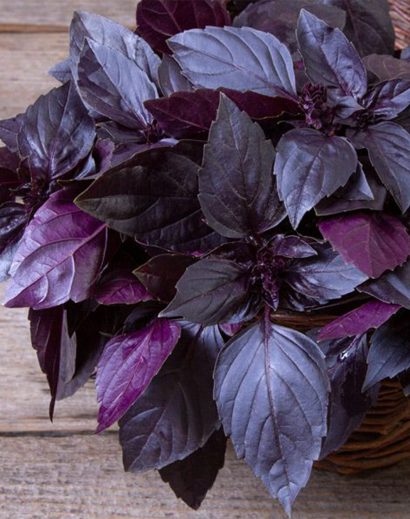
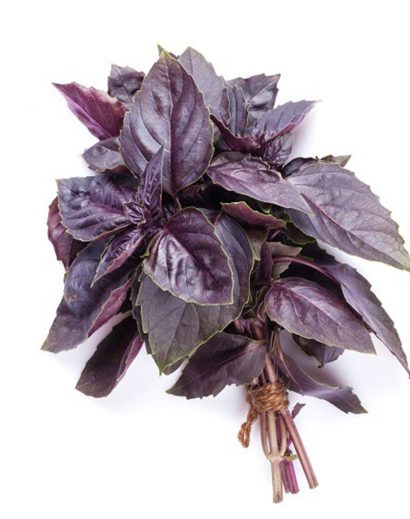
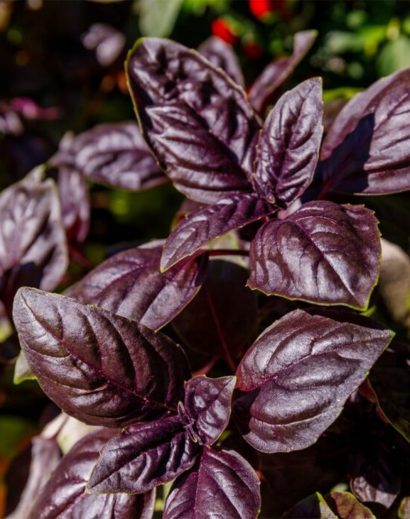
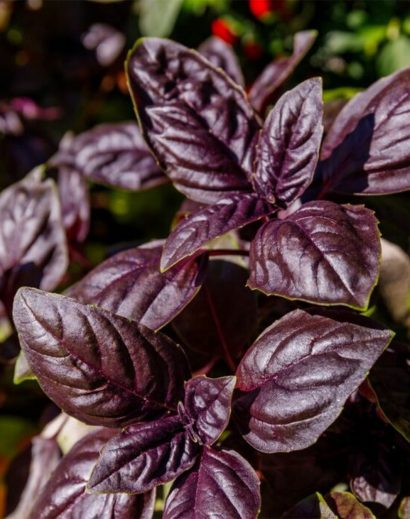
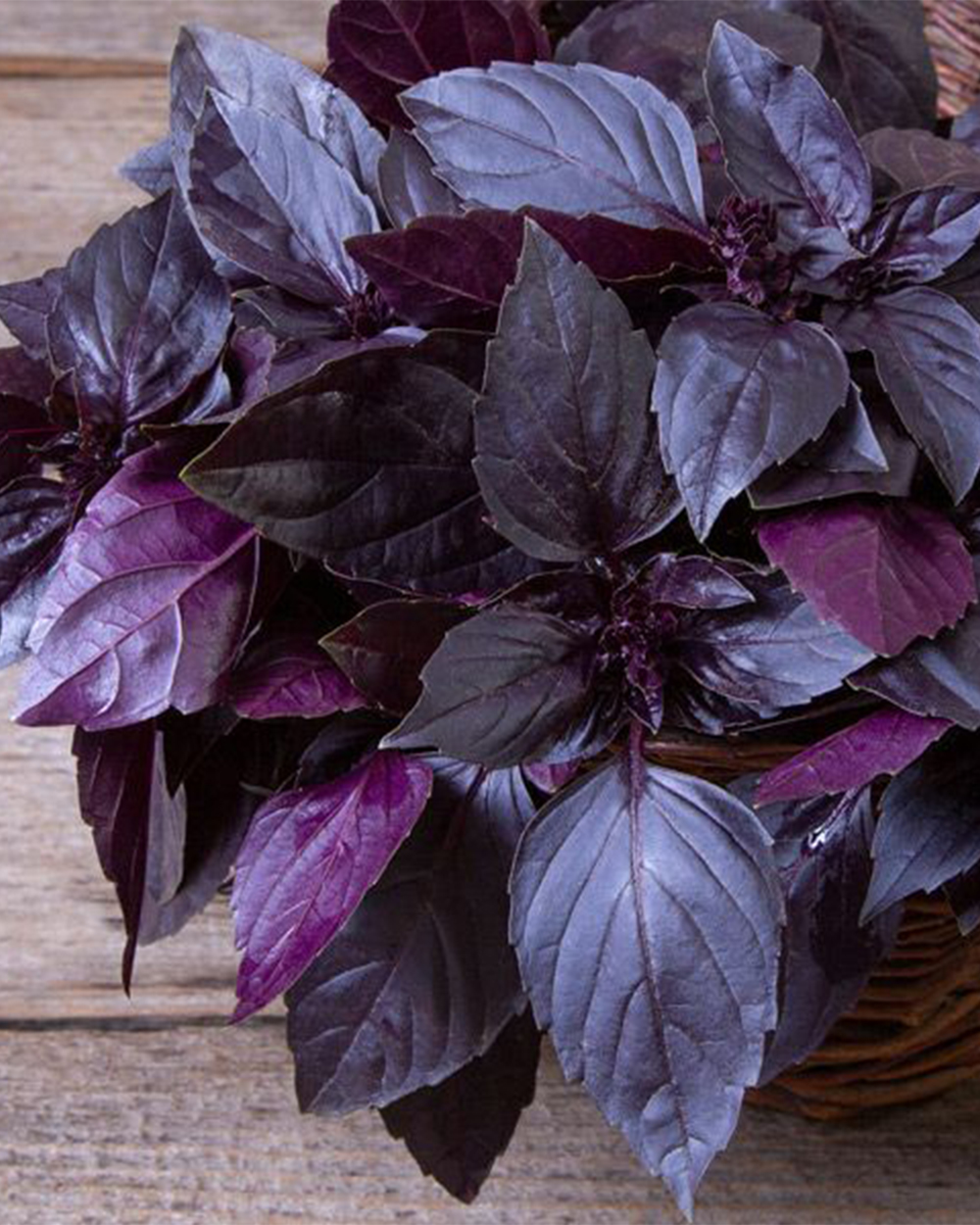
Reviews
There are no reviews yet.